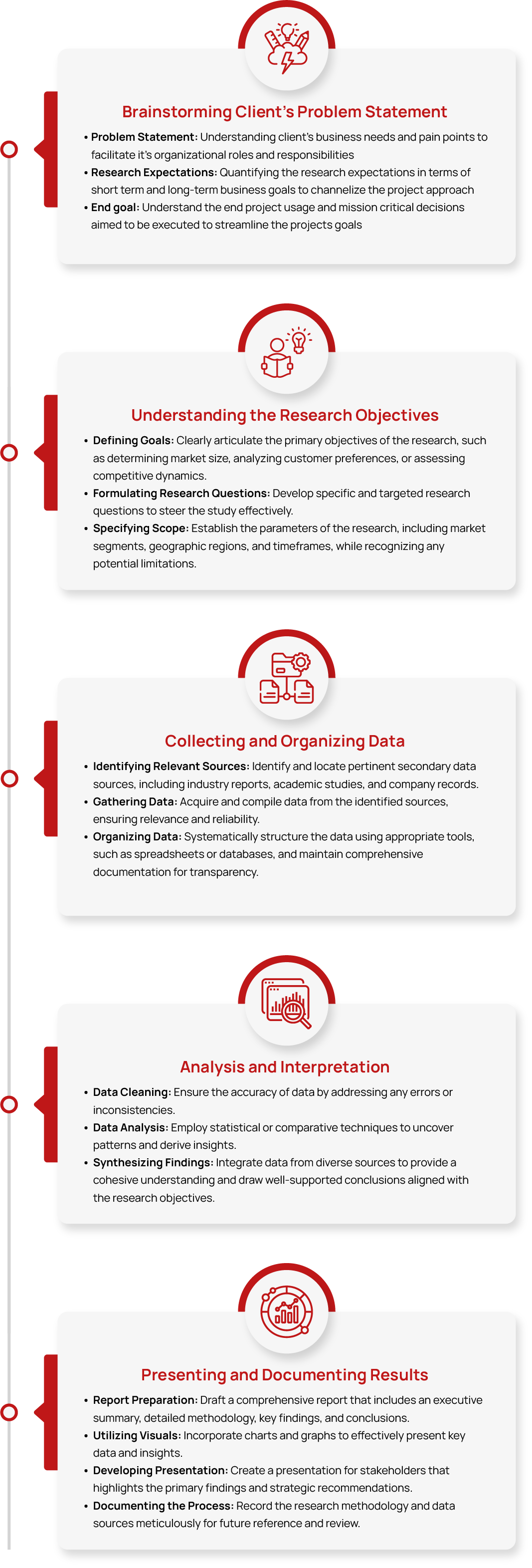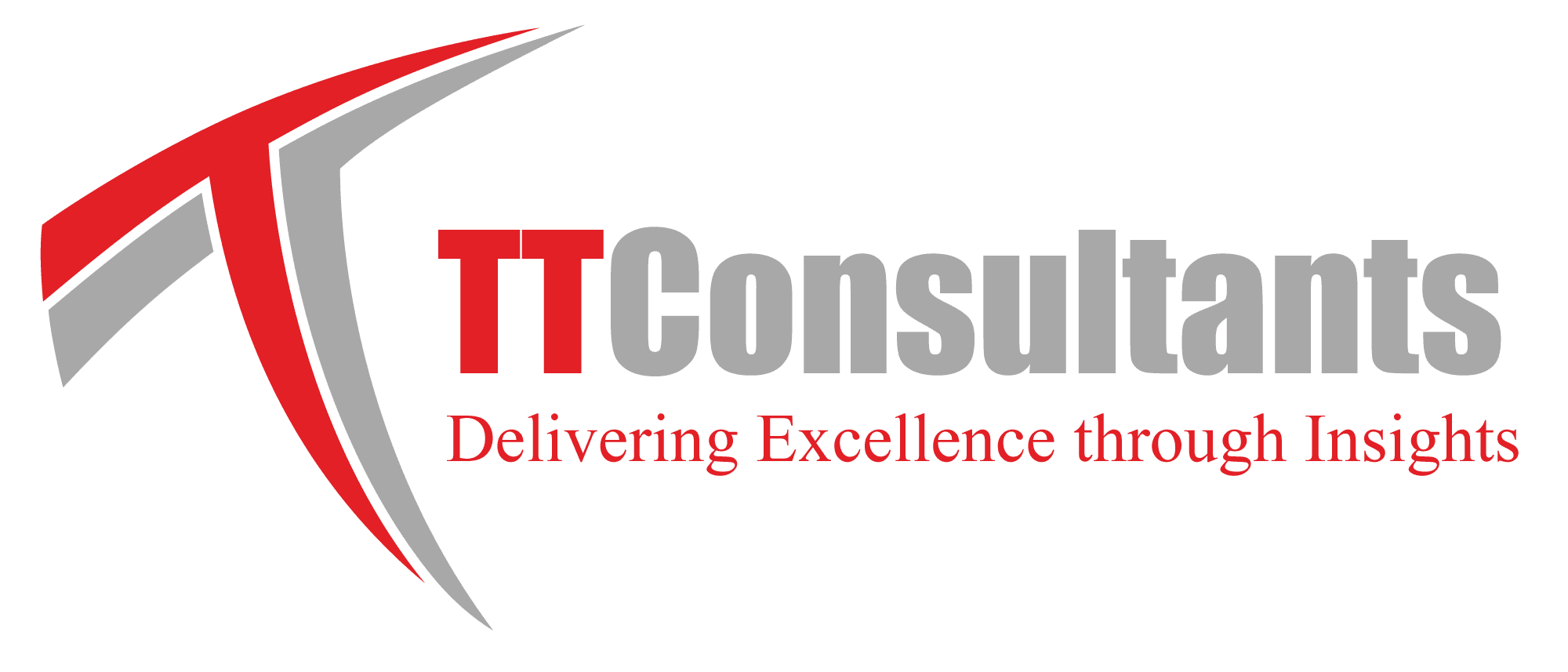Global Canopy Market Size, Share, Growth & Trend Analysis Report, 2032
- Summary
- Market Landscape
- Methodology
- Table of Contents
Global Canopy Market Size, Share, Growth & Trend Analysis Report, by Material (PTFE, ETFE, PVC), By Application, By End-use (Residential, Non-residential), By Region, And Segment Forecasts, 2023 – 2032
Canopy is a protective structure that provides shade and shelter in various settings. The canopy market is growing due to demand for outdoor spaces and sustainable designs. Canopies enhance comfort, energy efficiency, and aesthetics. Innovations like smart retractable canopies are driving further growth. With urbanization and climate concerns, their demand in the global canopy market is expected to rise globally.
The Global Canopy Market was valued at approximately USD 2 billion in 2024 and is projected to reach USD XX billion by 2032, growing at a Compound Annual Growth Rate (CAGR) of XX% during the forecast period from 2025 to 2032.
Industry Trends
The increasing demand for outdoor living spaces, leading to a rise in canopy installations in both residential and commercial settings. Advancements in materials, such as the use of Polytetrafluoroethylene (PTFE) and Ethylene Tetrafluoroethylene (ETFE), are enhancing canopy durability and aesthetic appeal across the canopy industries. Additionally, the integration of smart technologies, like automated retractable systems, is gaining popularity among consumers seeking convenience and modern design.
Several factors are propelling the canopy market forward. The growing trend of outdoor dining and recreational activities has increased the need for protective and stylish canopies in restaurants and public spaces. In residential areas, homeowners are investing in canopies to extend living spaces and enhance property value. Moreover, the emphasis on energy efficiency and sustainability is encouraging the adoption of eco-friendly canopy materials and designs.
However, the global canopy market faces challenges that could impact its growth trajectory. The initial costs associated with high-quality materials and advanced technologies can be a barrier for some consumers. Additionally, regular maintenance is required to ensure longevity, which may deter potential buyers.
The market is also highly competitive, with numerous small and large manufacturers in the canopy industries vying for market share, leading to pricing pressures. Despite these challenges, the canopy market continues to expand, driven by innovation and the increasing desire for enhanced outdoor spaces.
Industry Expert’s Opinion
- Pete Mogavero, President, Anchor
“Our two teams have done an outstanding job in the last few months collaborating and partnering together to make the tent rental industry green. We think there are tent customers who want to lower their carbon footprint. It’s our job as leaders in the industry to give them the tools to help them do just that. As the price of electricity steadily increases year after year, we are making it our job to provide solar canopy structures that our customers will enjoy. They are lightweight, flexible, easy to install, durable, and energy efficient.”
- Colin Touhey, Chief Executive Officer, Pvilion
“As the world makes the shift away from fossil fuels to more sustainable options and clean energy, the event industry is doing the same, Adding Pvilion’s solar capabilities to event tents, thereby removing the need for diesel generators, will change the industry forever. We’re pleased to partner with Anchor to help make this monumental transition.”
TT Consultants’ Perspective
The global canopy market is expanding steadily, driven by rising demand for outdoor shading solutions, growing infrastructure projects, and advancements in material technology. Lightweight, durable, and weather-resistant canopies are gaining popularity across residential, commercial, and event spaces.
Smart canopies with automated retractable features and eco-friendly materials enhance functionality and sustainability. Increasing urbanization, outdoor recreational trends, and extreme weather conditions are fueling growth in the canopy industries.
Market Segmentation
1. By Material (PTFE, ETFE, PVC)
Polytetrafluoroethylene (PTFE) canopies are highly durable and resistant to harsh weather conditions, including extreme heat, UV rays, and heavy rainfall. The PTFE segment held the largest revenue share of XX% in 2024 in the canopy market. They are commonly used in large-scale outdoor projects like stadiums, airports, and commercial spaces where long-lasting performance is essential.
PTFE also has self-cleaning properties, which reduce maintenance costs and enhance its lifespan. Due to its premium quality, it is often the preferred choice for high-budget projects.
Ethylene Tetrafluoroethylene (ETFE) canopies are lightweight, highly flexible, and transparent, making them ideal for modern architectural designs. They allow natural light to pass through while blocking harmful UV rays, creating energy-efficient structures. These canopies are commonly used in eco-friendly buildings, greenhouses, and large public spaces like shopping malls and botanical gardens.
2. By Application (Shade Canopy, Event or Large Canopy)By Material (PTFE, ETFE, PVC)
Shade canopies are primarily designed to provide protection from sun exposure and harsh weather conditions. They are widely used in residential settings, outdoor cafés, playgrounds, and parks to enhance comfort and usability. Homeowners prefer retractable shade canopies to create flexible outdoor spaces, while businesses use them to offer shaded seating for customers. They come in a variety of materials and designs, from simple fabric canopies to more durable metal-framed structures.
Large canopies are used for outdoor events, exhibitions, corporate gatherings, and trade shows where temporary shelter is required. These structures are often modular, meaning they can be expanded or customized based on event needs. Canopy tents for weddings, concerts, and large festivals are in high demand due to their versatility and ease of installation.
3. By End-use (Residential, Non-residential)
Residential canopies are becoming increasingly popular in residential spaces, with homeowners using them to extend their patios, gardens, and outdoor entertainment areas. The non-residential segment accounted for the highest revenue share around XX% in 2024 within the global canopy market.
The rise of smart home technologies has led to innovations like motorized retractable canopies, which allow users to control shade settings with a remote or mobile app. The trend of creating stylish and functional outdoor living areas is driving demand in this segment.
Non-residential canopies are used in a variety of ways, from enhancing building exteriors to providing functional shelter for outdoor seating, waiting areas, and entrances. Hotels, shopping centers, and restaurants install canopies to create comfortable outdoor spaces for customers. In the industrial sector, factories and warehouses use large canopy structures to protect materials and machinery from environmental damage.
4. By Region (North America, Europe, Asia Pacific, Latin America, Middle East and Africa)
The canopy market in North America is expanding due to the increasing popularity of outdoor living spaces and commercial installations. The U.S. and Canada have a high demand for durable and weather-resistant canopies, especially in areas prone to extreme heat, cold, and storms.
The trend of outdoor dining and the rise of eco-friendly architecture are also driving demand, with many businesses opting for high-quality, long-lasting canopy solutions. Europe has a strong focus on sustainability, leading to a growing preference for ETFE and other eco-friendly canopy materials. Countries like Germany, France, and the UK are incorporating canopies in urban infrastructure projects, such as pedestrian walkways, green roofs, and outdoor seating areas. Europe led the market, holding the largest revenue share of XX% in 2024.
Rapid urbanization and economic growth in Asia Pacific, countries like China, India, and Japan are fueling demand for canopies in residential and commercial applications. The booming tourism and hospitality sector is driving installations in resorts, outdoor restaurants, and event spaces.
Competitive Scenario
The key competitors in the global canopy market include Eide Industries, Inc., Advanced Design Awnings & Signs, SUNAIR Awnings, Shade Structures, Inc., Canopies UK Ltd., Lawrence Fabric, Inc., Impact Canopies USA, KD Kanopy, Inc., and JAY JAY Enterprise among others.
Strategic Activities
- In December 2024, Canopy Growth Corporation confirmed that its subsidiary, Canopy USA, completed the acquisition of Acreage Holdings, enhancing its footprint in the U.S. cannabis market.
- In August 2024, Porsche unveiled a versatile canopy tent designed in collaboration with an industry-leading outdoor brand and Studio F.A. Porsche Zell am See. This inflatable, freestanding structure offers quick setup and is suitable for various outdoor activities, including beach outings and campsite lounging.
- In May 2024, Aztec Tents announced the addition of in-house digital printing capabilities, allowing for more customized and efficient production of their tent products.

Please fill out the form to request the ToC and gain access to detailed insights in the report.
Request Table of Contents







